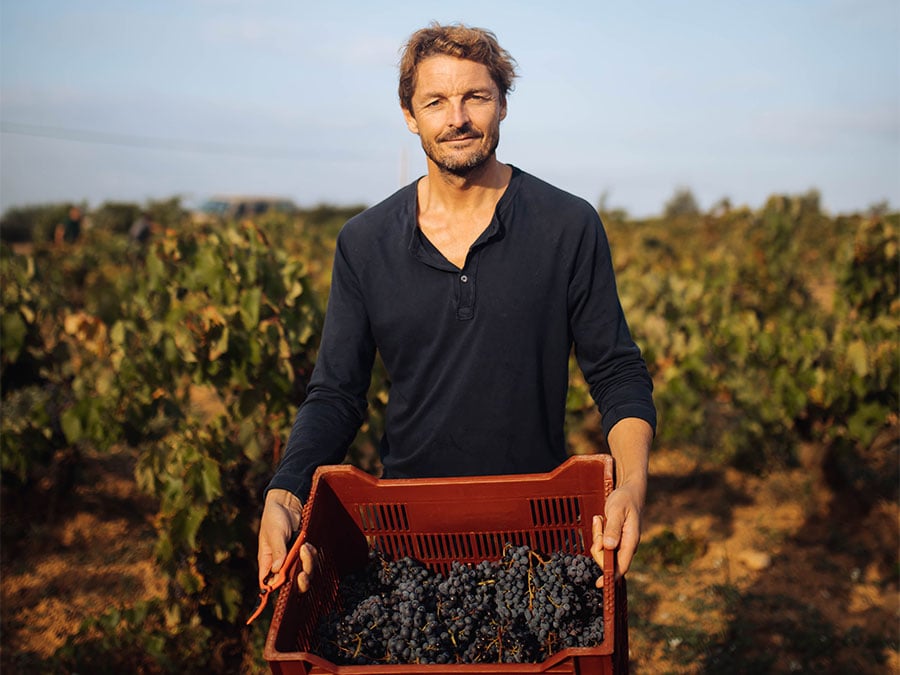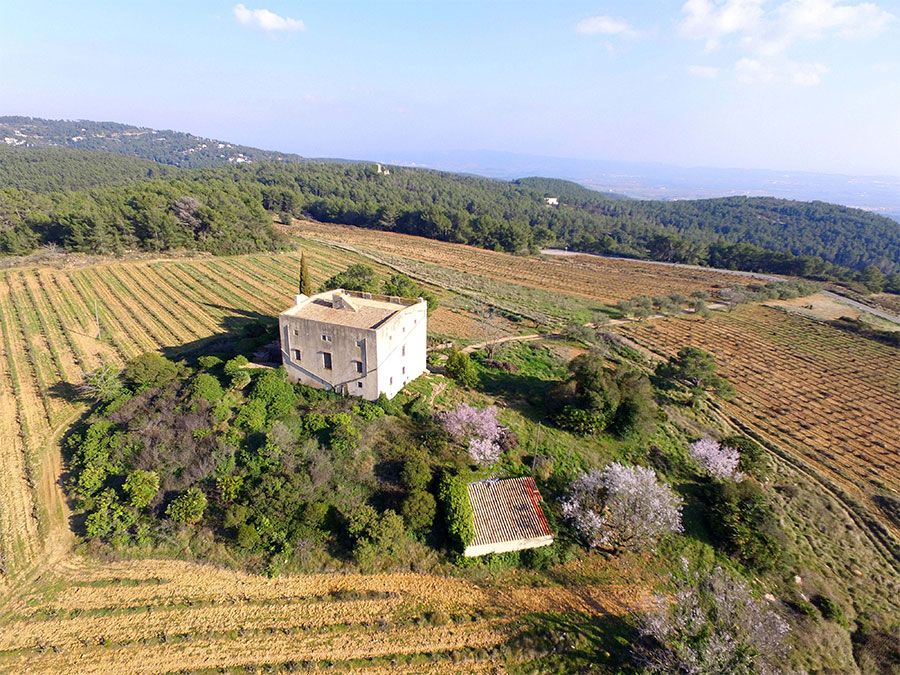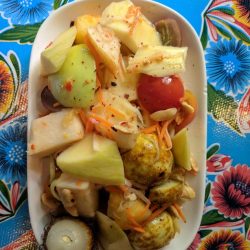

Pepe Raventós makes sparkling wines at his estate in Conca del Riu Anoia, in the region where his family has been growing grapes since 1497. His ancestor, Josep Raventós Fatjó, made Spain’s first “traditional method” sparkling wine in 1872, following the techniques he had learned in Champagne. Pepe’s grandfather, Josep Maria Raventós i Blanc, created the Cava DO and was its first president. Today, Raventós i Blanc produces some of the most compelling sparkling wines in Penedès, consistently at the top of our tastings. Recently, Pepe started to make low-intervention sparkling wine, using the méthode ancestrale, at an ancient estate he purchased high in the Penedès hills, at Can Sumoi. —Alissa Bica
During a Zoom call this month, Raventós discussed his winemaking philosophy at Can Sumoi.


Why Can Sumoi?
It was the search for altitude in order to have the lowest possible pH and make natural wines. I sometimes say that we didn’t find Can Sumoi; it was Can Sumoi that found us. It’s very difficult to express with words the force and the energy of the place. It’s very isolated and dramatic, surrounded by nature with old, medieval buildings and ruins. You can see the island of Mallorca at sunrise. It’s very Mediterranean—historical vineyards with olive and almond trees. The place was abandoned. It was about to be sold to a chicken farm when the owner discovered that we wanted to get the farm back into winemaking.
And why méthode ancestrale?
Our commitment with Can Sumoi is to recuperate the ancestral farming in the most pure way, meaning plow with mules and horses, have family back living on the estate, raise chicken and rabbits, herds of sheep and goats and maintain the wild forest areas. So, when it comes to winemaking, we want to recuperate the old way. Here in Catalunya, and in most parts of northern Spain, people in the mountains would make wine without intervention in their cellars. Now it’s called natural wine and it’s very à la mode but it started as farming wine. Everything at Can Sumoi is minimal intervention, so when it comes to sparkling, I had the idea that only one fermentation enables us to make purer expressions. With méthode classique in order to have more nutrients for the second fermentation you have to manipulate, provoke a second fermentation, so you are already being more aggressive. Ancestral is gentler and more aligned with this old farming principle.
What about the grapes?
I started to play with what I had around. I really love xarel-lo, but at Can Sumoi in the mountains, xarel-lo is not able to grow because it’s early budbreak and if you have early frost you lose all the crop. That’s why people planted montonego and sumoll; they have later budbreaks. You have to adapt with what’s local in a place. A mistake winemakers make, and I have made in the past, is to say, “Oh I like pinot noir so I’m going to plant pinot noir.” You have to look at what’s here so you can be truer to the place.


Why did Raventós i Blanc leave the Cava DO in 2012?
In the seventies, it was an idea to create something like a grower Champagne. But today, 95 percent of the bottles produced under the Cava appellation were made without any passion for viticulture. The price of grapes was thirty cents per kilo, so a farmer is going to produce as many grapes as possible.
You taught me in America, “Don’t hate the players, change the game.” (laughs) I have been trying to create a new appellation, Conca del Riu Anoia, with the government. There is a need for a new frame for people who want to make sparkling wine, working with the terroir. But things with the government in Spain are very, very slow.
When it comes to sparkling wine, what’s your primary focus today?
The more wine I make, the more I realize it’s very uncertain and mysterious. In order to make a great Champagne, Conca del Riu Anoia or Franciacorta, you must have a great white or rosé base wine. There is no other way. It’s not about the magic of the bubbles. You really have to develop a great base wine through farming in the vineyard. It’s almost impossible to answer what is a great base wine, but maybe a wine that reflects the place and a wine that has aging capability, if you’re talking about méthode classique. When it comes to natural wine, the challenge is making wines that can age. It’s like climbing Mount Everest without oxygen. The challenge for Can Sumoi is to make a great wine that reflects origin without intervention, not for the sake of being cool, but because, in my opinion, it’s the most difficult way to make wine. So, for me, it’s a challenge.
This interview is published as part of our Regional Tasting Report on Sparkling Wines.
Based in Los Angeles, California, Alissa Bica is the Associate Editor and Spirits Critic at Wine & Spirits. She is also a sommelier at 71 Above and co-runs the home wine tasting company, Côte Brune and Blonde. In any rare moments of free time, she writes about obscure grape varieties in the blog Off the Beaten Wine Path.
This is a W&S web exclusive. Get access to all of our feature stories by signing up today.


















